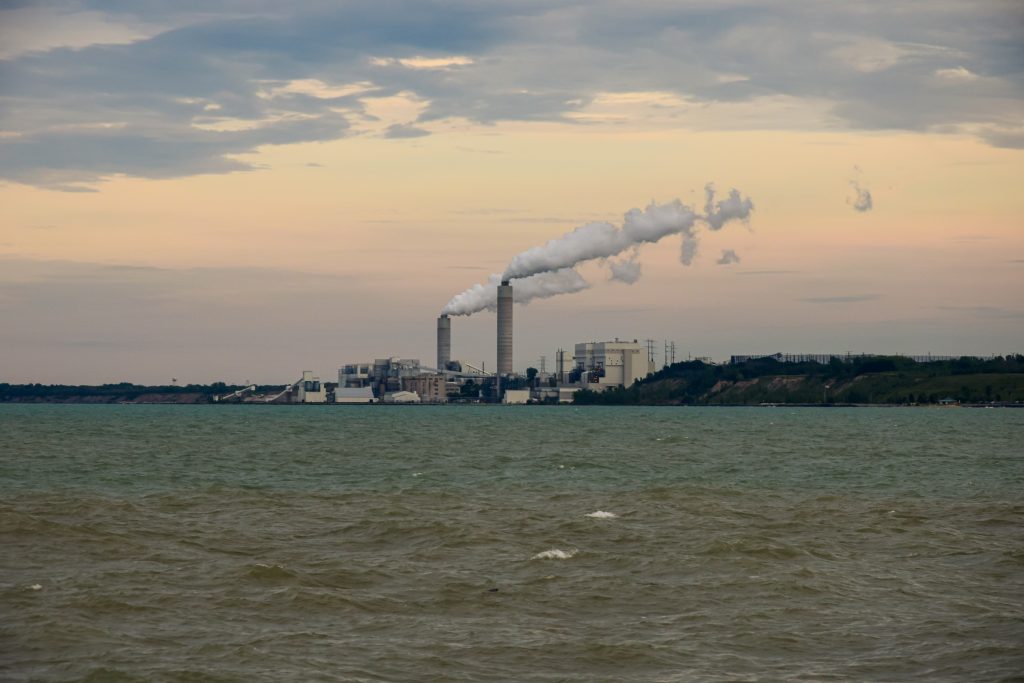Power plant rules recently proposed by the Environmental Protection Agency (EPA) will have dramatic health impacts here in Wisconsin, according to a new analysis from Clean Wisconsin. More than 75 percent of the state’s electricity still comes from burning coal and methane gas, making the power sector the largest source of greenhouse gas emissions in Wisconsin. Burning fossil fuels also produces a dangerous type of air pollution known as fine particulate matter, which increases cancer risk and contributes to heart attacks, respiratory problems, and strokes.
“The EPA’s proposed power plant rules will save lives in Wisconsin,” says Clean Wisconsin energy and air manager Ciaran Gallagher. “Wisconsinites have been shouldering the health and financial burdens that come with this pollution for decades with no real end in sight. By adopting strong carbon emissions standards for power plants, the EPA will mitigate the worst impacts of climate change and improve public health in our state.”
The analysis looks at CO2 and air pollution levels in Wisconsin in the years leading up to 2032—the EPA’s deadline for coal-fired power plants to meet strict emission requirements. Clean Wisconsin found that in 2030, just prior to the deadline, reduced emissions from Wisconsin power plants would bring nearly $50 million in healthcare-related benefits from avoided premature death, respiratory illness, and cardiovascular disease. Wisconsin’s greenhouse gas emissions would also be slashed by 2.8 million metric tons.
Gallagher notes there would be large benefits to air quality in the Milwaukee area due to the proximity of We Energies’ coal-burning Elm Road Generating Station and Oak Creek power plants.
“Although most of the coal-fired power plants in Wisconsin have publicly announced retirement dates, these are not binding, and the Elm Road plant doesn’t have a retirement date at all,” Gallagher says. “The EPA’s proposed rules would require all of Wisconsin’s coal plants to reduce their CO2 emissions by 90 percent in order to continue operating beyond 2040.”
A 2022 analysis from Clean Wisconsin shows Wisconsin has the 3rd largest racial disparity in the nationfor exposure to dangerous air pollution particles, and power plants contribute to that disparity. Communities of color in Wisconsin are exposed to 8% more particulate matter pollution from fossil fuel-generated power plants than the state average.
In a controversial decision last summer, the U.S. Supreme Court limited how the EPA can regulate power plant emissions, restricting the agency from implementing broad requirements focused on shifting energy production away from coal and methane gas to cleaner sources like wind and solar. The new rules proposed by the EPA abide by that ruling, requiring fossil fuel-burning power plants to reduce emissions on-site.
“What we need, and what we are starting to experience here in Wisconsin, is a complete transition away from dirty sources of energy to cheaper wind and solar,” Gallagher says. “The EPA must adopt the strongest possible carbon emissions standards for power plants to help speed up that transition to a cleaner, safer future for all of us.”

